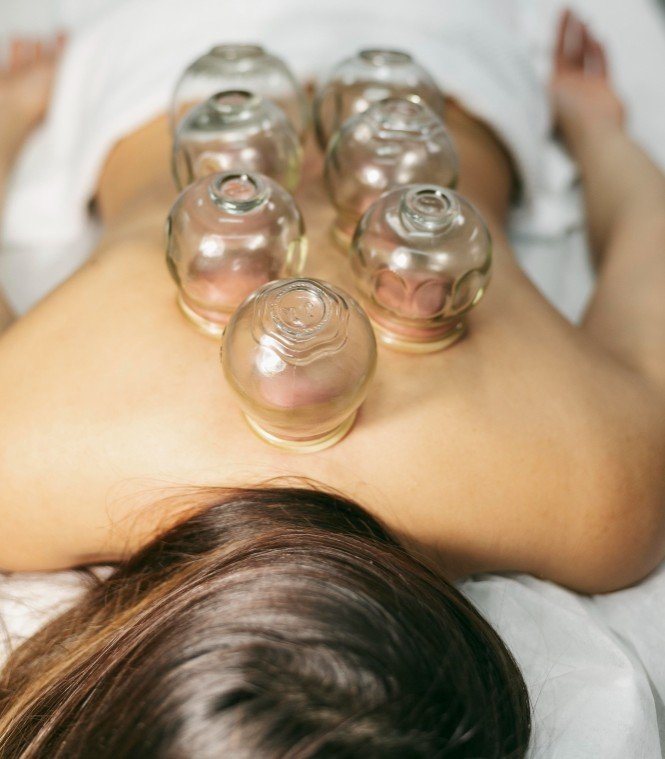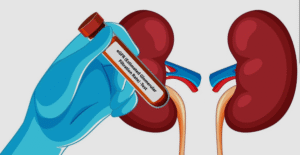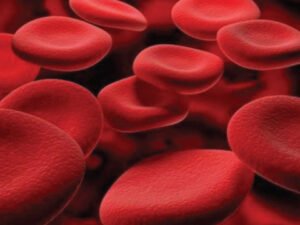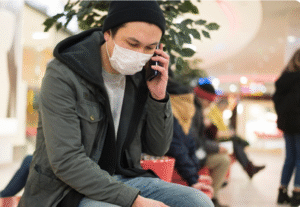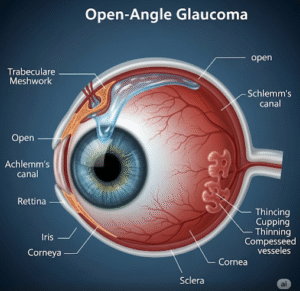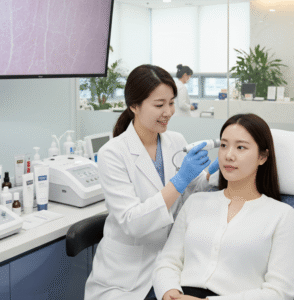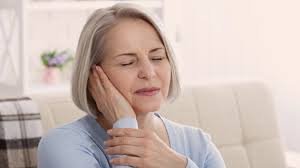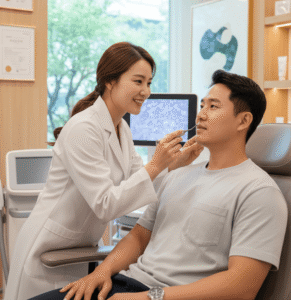Cupping therapy — known in Korea as Chim (부항, Buhang) — is one of the oldest and most iconic practices of Korean traditional medicine. For centuries, it has been used to relieve pain, stimulate circulation, and restore balance throughout the body. Today, this ancient therapy is experiencing a powerful revival, as both locals and global visitors rediscover its benefits through modern clinics, wellness spas, and integrative hospitals. Blending tradition with technology, Korean cupping therapy continues to thrive as a bridge between past wisdom and modern healing.
The Origins of Cupping in Korea
Cupping therapy has deep roots in East Asia, with Korea developing its own distinct style over the centuries. Traditional Korean medicine views the body as a system of energy (Qi, pronounced “chi”) that must flow freely to maintain health. When this flow is blocked by tension, toxins, or illness, imbalance occurs — leading to fatigue, stiffness, and disease.
➡️ Historical background:
• Ancient Korean texts describe cupping as a method for drawing out “bad blood” and stagnant energy from the body.
• Glass, bamboo, or animal horn cups were once used to create suction on the skin.
• The practice became popular during the Joseon Dynasty, when royal physicians used it for treating pain, fevers, and respiratory diseases.
• Today, it remains a core part of Hanbang (traditional Korean medicine), often performed alongside acupuncture, moxibustion, or herbal therapy.
✨ Philosophy: Cupping restores the harmony of Yin and Yang within the body by stimulating blood flow and clearing internal blockages — helping the body heal itself naturally.
How Korean Cupping Works
The principle of Korean cupping is simple yet powerful: suction is applied to specific areas of the body to stimulate circulation and release stagnation.
➡️ Two main types of cupping:
• Dry cupping: Cups are placed on the skin and suctioned for several minutes, drawing blood toward the surface.
• Wet cupping (Hijama-style): After suction, a small sterile prick is made to remove a small amount of stagnant blood — believed to detoxify the body.
➡️ How suction is created:
Traditionally, heat (from fire) was used to remove oxygen from glass cups, creating a vacuum. Modern practitioners now use mechanical suction pumps for precise control and safety.
💡 What happens inside the body:
• Increased circulation brings oxygen and nutrients to muscles and tissues.
• Lymphatic drainage accelerates detoxification.
• Nerve stimulation reduces inflammation and pain.
• Muscle knots relax as pressure is released from deeper layers.
✅ Result: Relief from pain, improved flexibility, and a calm, rejuvenated feeling after therapy.
The Distinct Korean Style of Cupping
While cupping is practiced worldwide, Korean Buhang is unique for its integration with acupuncture and localized energy balancing.
➡️ Special features of Korean cupping:
• Often used in combination with acupuncture needles for enhanced results.
• Focuses on meridian lines that correspond to specific organs or body systems.
• Practitioners may use moving cupping, sliding cups along the skin with herbal oils to massage tissues.
• In hospitals, cupping is performed with sterile disposable cups for medical-grade hygiene.
🌿 Holistic view: Korean cupping isn’t only about physical relief — it’s about restoring the body’s natural rhythm and harmony.
Common Uses and Benefits
Korean cupping therapy is valued for its versatility. It can treat acute pain, chronic conditions, and even help boost overall wellness.
➡️ Conditions commonly treated:
• Muscle stiffness, neck and back pain.
• Shoulder tension and frozen shoulder.
• Chronic fatigue and fibromyalgia.
• Respiratory issues such as asthma or bronchitis.
• Circulation problems and cold extremities.
• Stress-related symptoms like headaches or anxiety.
• Digestive discomfort or sluggish metabolism.
💪 Key benefits include:
• Enhanced blood circulation.
• Deep muscle relaxation.
• Removal of toxins and metabolic waste.
• Boosted immune system.
• Reduced inflammation and swelling.
• Improved skin tone and vitality.
• Restored energy balance and overall well-being.
✨ Many Koreans describe it as a “refresh button” for the body — the feeling of releasing tension and heaviness after a stressful week.
The Science Behind the Practice
Modern research supports many of cupping’s traditional claims. Studies have shown that the suction and pressure changes from cupping therapy can:
➡️ Physiological effects:
• Increase local blood flow and capillary regeneration.
• Trigger the release of endorphins, reducing pain naturally.
• Stimulate immune responses through mild inflammation and cell repair.
• Activate detoxification pathways by improving lymphatic drainage.
✅ Scientific insight: The red or purple marks left by cupping aren’t bruises — they are a temporary result of blood being drawn to the surface, indicating areas of stagnation that need release. These marks typically fade within 3–7 days.
Cupping in Modern Korean Medicine
Korean hospitals and wellness centers have embraced cupping therapy as part of integrative health programs. Patients can receive treatments from licensed Hanui-sa (Korean medicine doctors), often combined with acupuncture or herbal remedies.
➡️ Modern applications:
• Sports recovery: Athletes use cupping to relieve muscle fatigue and enhance performance.
• Post-surgery rehabilitation: Promotes healing and circulation in recovery phases.
• Beauty and skin care: “Facial cupping” improves skin elasticity and reduces puffiness.
• Corporate wellness: Office workers receive cupping to combat back and neck strain.
🏥 Integration: Hospitals incorporate cupping into rehabilitation departments, pain clinics, and wellness programs — showing how traditional techniques can complement evidence-based medicine.
What to Expect During a Session
A typical Korean cupping session lasts 15–30 minutes, depending on condition and treatment area.
➡️ Before treatment:
• The practitioner assesses health history and current symptoms.
• Cups are placed on targeted areas — usually the back, shoulders, or legs.
➡️ During treatment:
• Gentle suction creates a warm, pulling sensation.
• Some sessions include moving cupping (cups are slid with herbal oil).
• In wet cupping, only sterilized instruments are used for light bloodletting.
➡️ After treatment:
• The skin may appear red or marked — this is normal and temporary.
• Patients are advised to rest, hydrate well, and avoid cold exposure.
💧 Safety note: When done by trained practitioners, cupping is safe, painless, and free from side effects beyond mild temporary marks.
Combining Cupping with Other Korean Therapies
Cupping often works best when paired with other traditional treatments.
➡️ Common combinations:
• Acupuncture and moxibustion: Enhance Qi flow and relieve pain synergistically.
• Herbal therapy: Cleanses and nourishes internal organs.
• Korean massage (Chuna): Improves posture and muscular balance.
• Hot herbal compress: Soothes muscles and improves energy flow post-cupping.
🌸 Holistic goal: Treat both root cause and symptoms — not only removing pain but strengthening the body’s natural healing capacity.
The Global Rise of Korean Cupping
Korean cupping therapy has gained international recognition thanks to its effectiveness, minimal invasiveness, and deep cultural heritage. From Olympic athletes to wellness tourists, more people are seeking this ancient therapy for recovery and rejuvenation.
➡️ Modern trends:
• Integration in global spa and wellness industries.
• Use of advanced materials like silicone cups for gentle therapy.
• Online education for practitioners worldwide.
• Medical tourism in Korea offering full traditional healing packages.
🌍 Cultural export: Korean Hanbang clinics are opening globally, promoting traditional methods like cupping as part of holistic health care.
Final Thoughts
Korean cupping therapy is a powerful example of how ancient wisdom continues to heal modern lives. It connects traditional understanding of energy and balance with scientific insight into circulation and immunity. Whether used for pain relief, relaxation, or preventive care, cupping remains a cornerstone of Korean wellness culture.
✨ In Korea’s approach to healing, health is not just the absence of illness — it is the free flow of energy, blood, and life itself. Cupping helps restore that flow, one gentle pull at a time.

